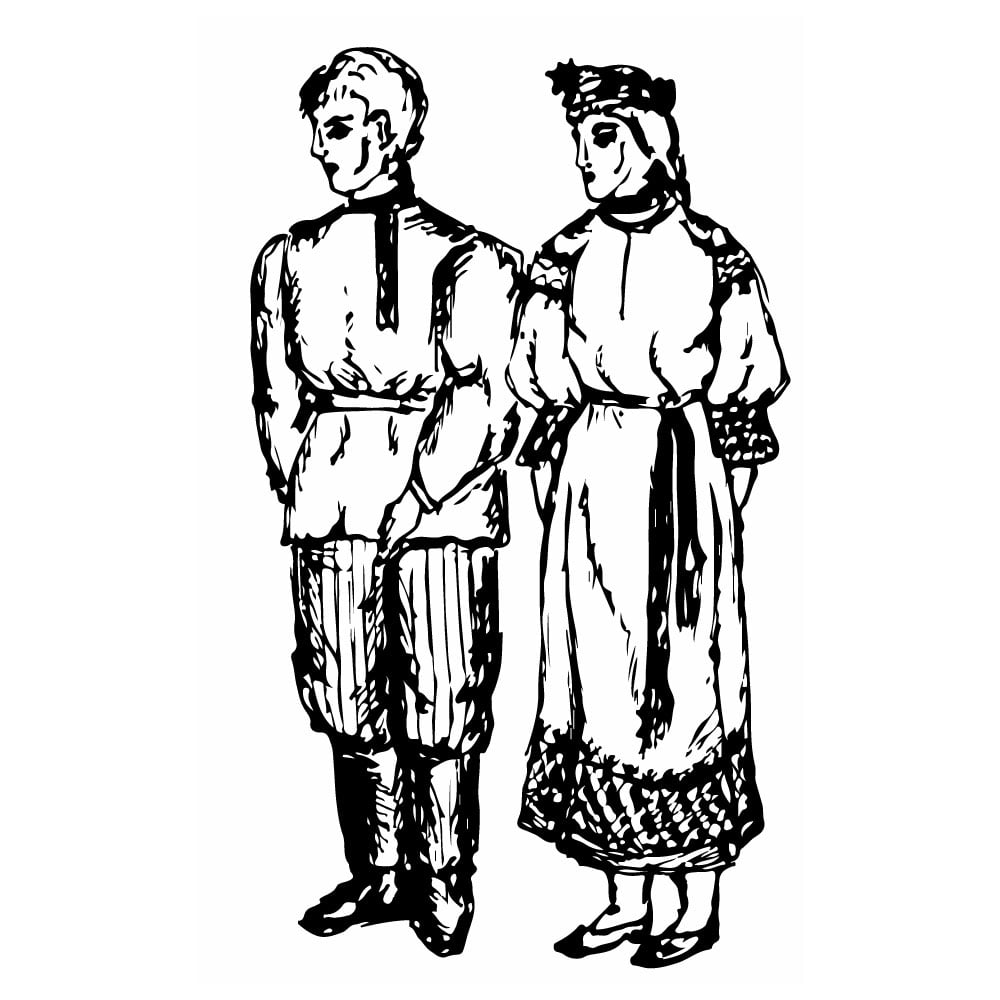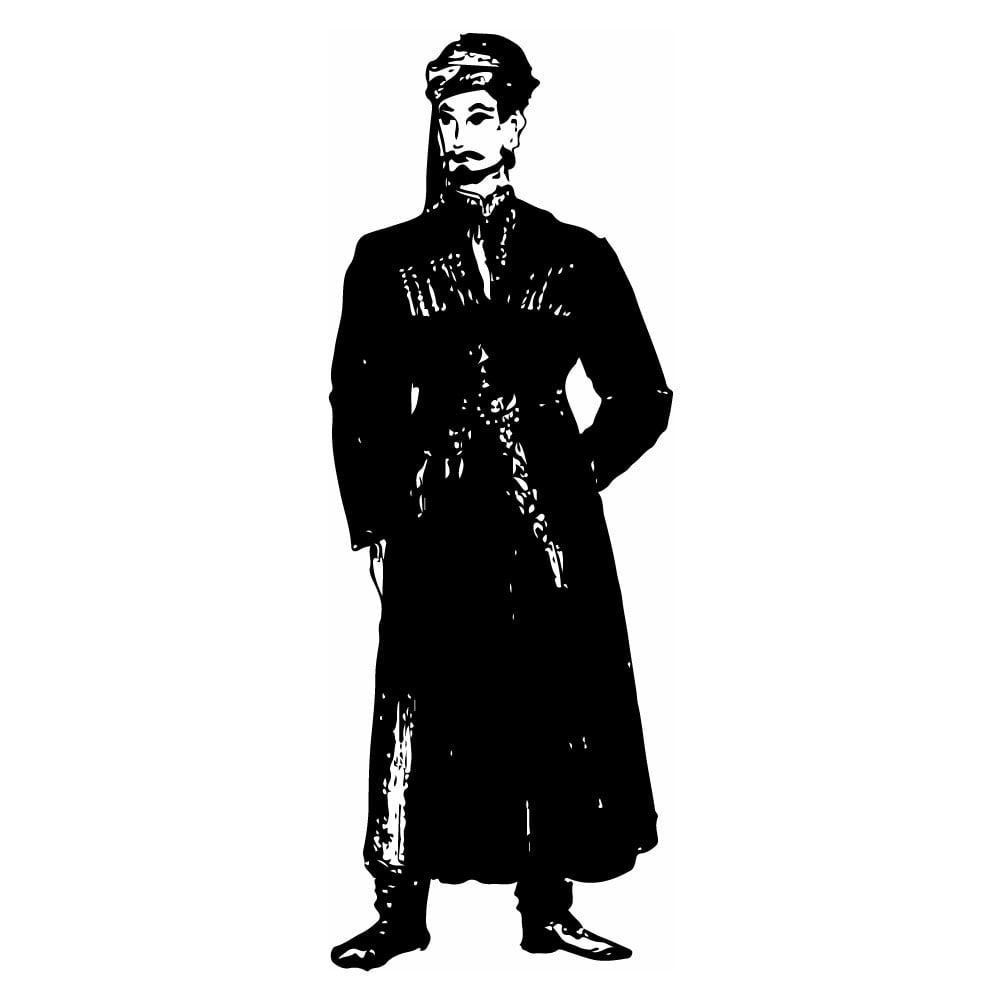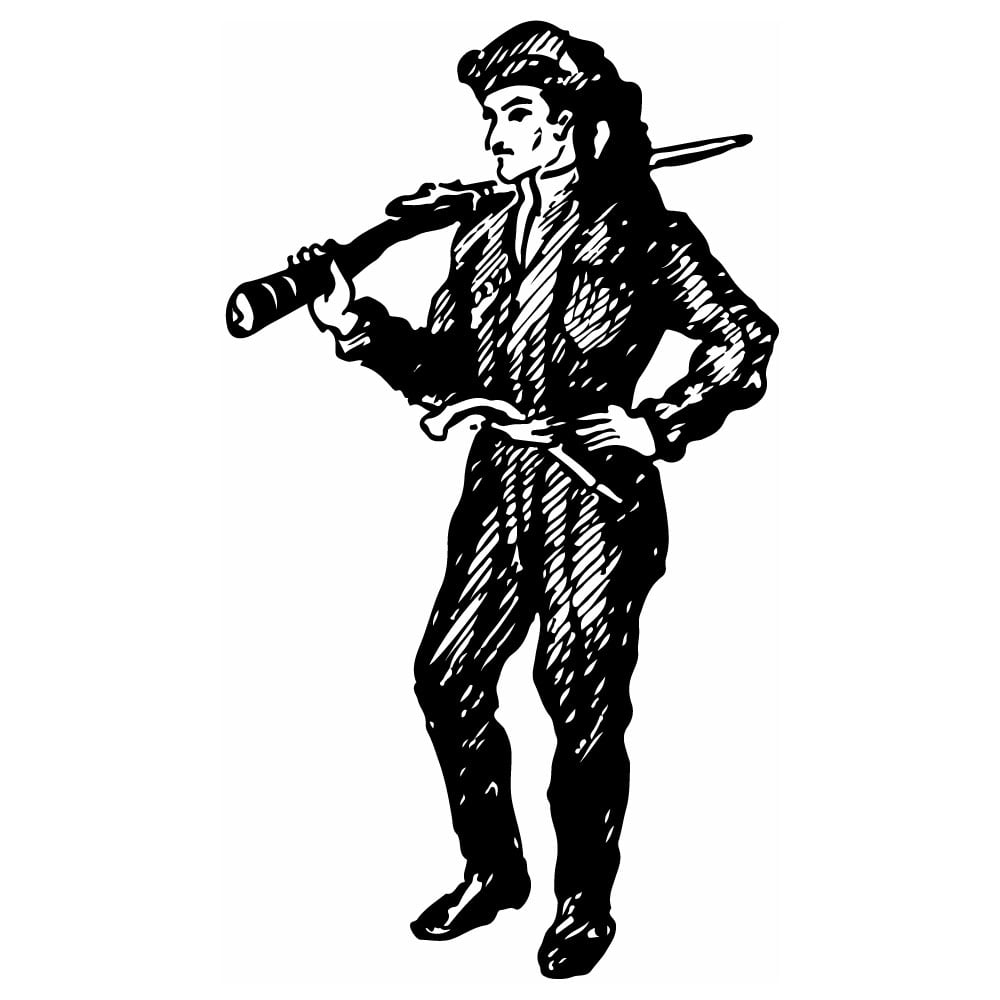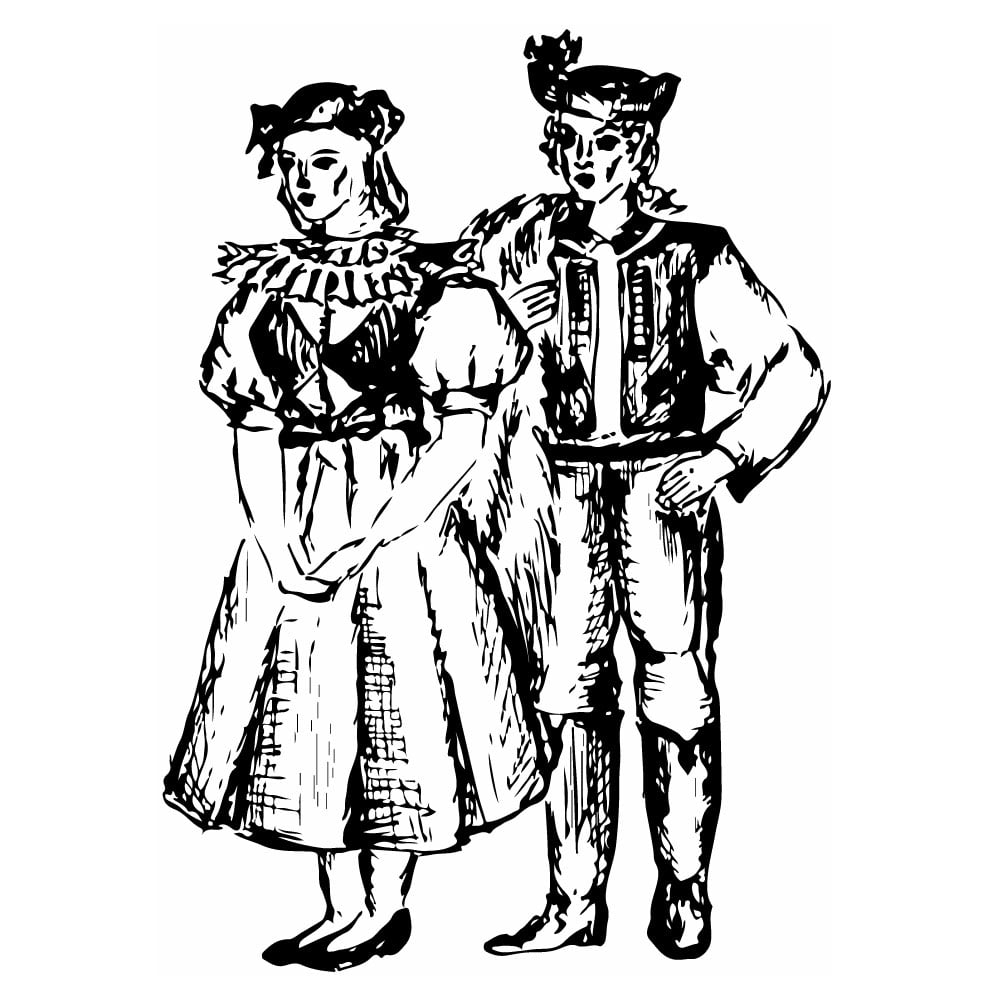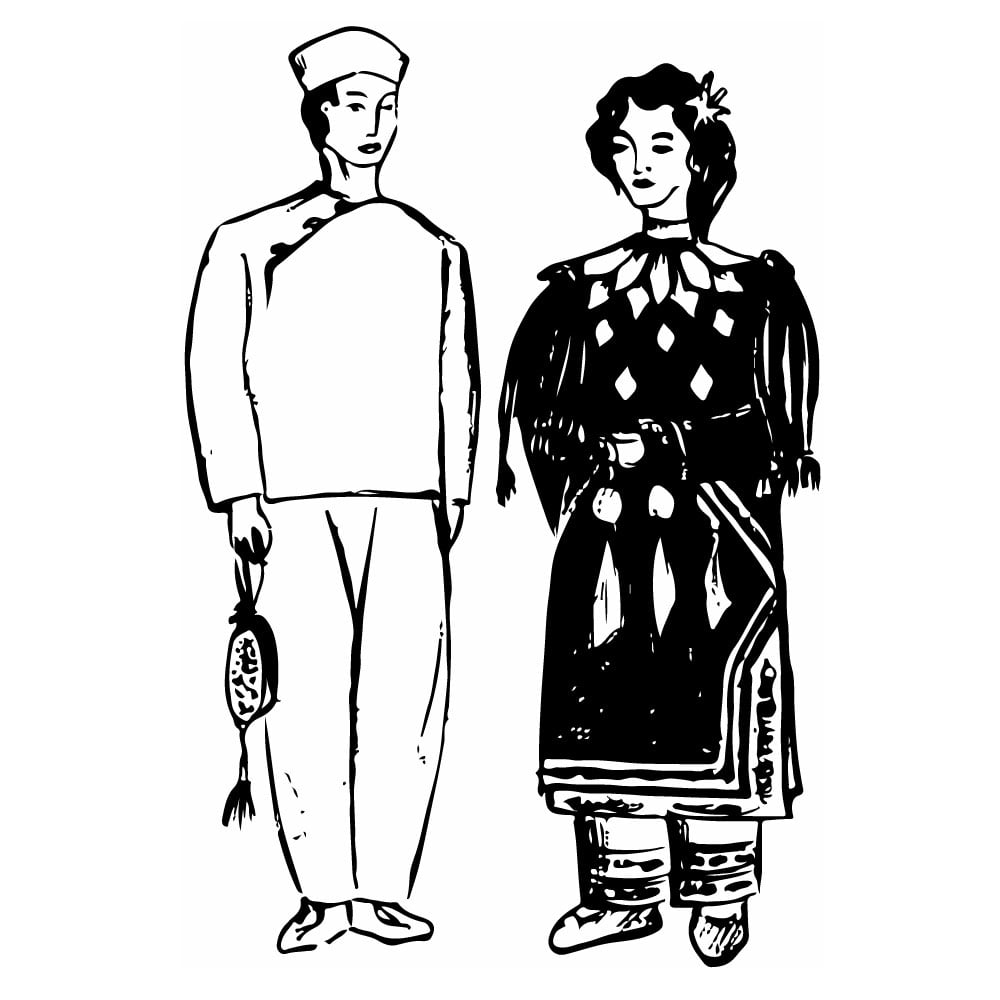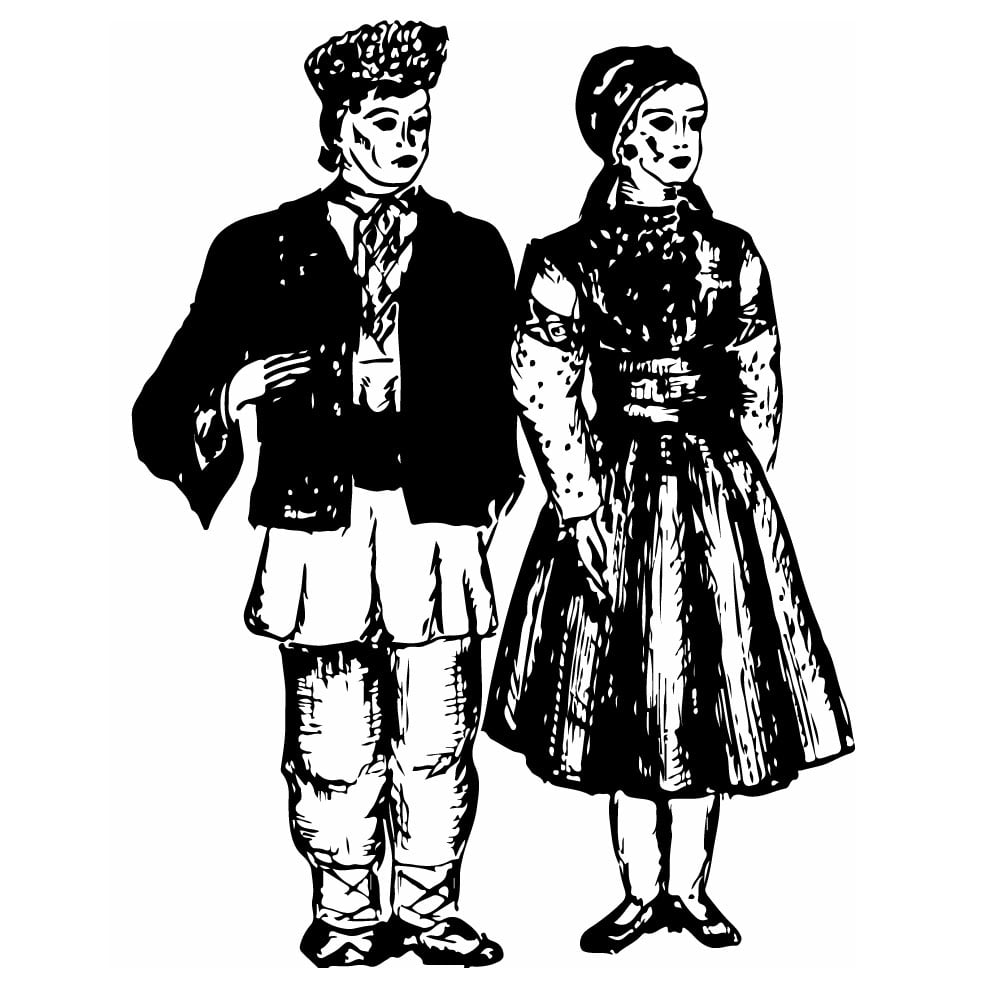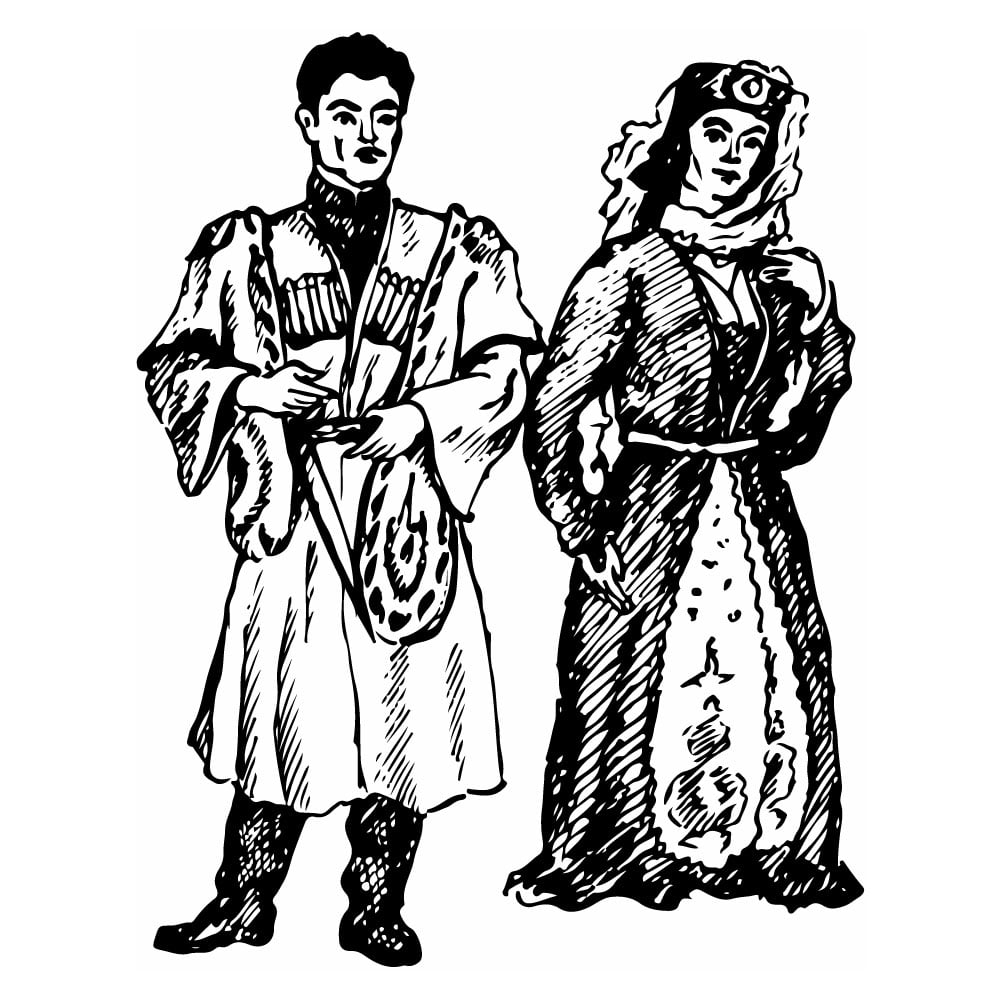Russians
| Population | 147,386,000 |
| Language group | Slavic Indo-European languages |
| Language | Russian |
| Religion | Christianity, Islam, Judaism |
*Population estimates for 1994
The Russians are the largest people group in the CIS and in the Russian Federation. They are found in all the countries in the former Soviet Union; it is here that they constitute from 1.63% in Armenia to 37% in Kazakhstan of population. The Russians speak the language of Eastern Slavic subgroup of the Slavic group of Indo-European language family. The Russian language in its history is inseparably connected with the Ukrainian.
The Old Russian nationality, with its Eastern Slavic self awareness, was formed in the ninth to the twelfth centuries. This was the unification period of the Old Russian Kiev state called the Kievan Rus. In the period of feudal dispersion, this general self-awareness was not lost; it influenced the formation of ethnonyms, which defined three Eastern Slavic peoples (Velykorusy, Russkie, and Malorusy).
The process of unification of Russian nationality went on together with the formation of Ukrainian and Belorussian nationality. The gradual decay of the solitary Old Russian State played an important role in this process.
The ethnic consolidation of the Northeastern Rus principalities (Moscow Rus in the fourteenth to fifteenth centuries) took place during the middle and end of the fifteenth century. This was the period of the liberation struggle against Horde-Yoke. The Eastern Slavs of the Rostov, Suzdal, Vladimir, Moscow, Tver, and Novgorod territories became the ethnic nucleus of Russian nationality, the main population of Russia.
During the new process of Russian unification, ethnic differentiation of Eastern Slavs was completed. Despite the policy of the tsar government, this process was inevitable. Eastern Slavs went on developing in conditions of intensive inter-ethnic contacts as three sovereign states.
Important features of the Russian ethnic history are a number of partly populated spaces neighboring the main Russian ethnic territory and the centuries old migration by the Russian population. The period, preceding the formation of the Old Russian State, like the epoch of Kievan Rus, was marked by several features with a movement of Eastern Slavic ethnic expanse to the north and to the northeast, finally, settling in those territories, which later became the center of Russian ethnic territory. With the development of the feudal relations on the Novgorod lands, northeastern lands determined further movement to the North of Europe and then to the Ural region.
The second settling of the “wild field” began after the Horde-Yoke. This was a migration into the Volga region, Altai region, and into Middle Asia forming a large ethnic territory of Russia. It was surrounded by a zone of constant ethnic contacts with peoples who were very different in their origins, cultural traditions, and languages. Among them were the Finno-Ugrian people, the Turks, the Baltics, the Romans, the Western and Southern Slavs, the Caucasians, the Mongolians, the Iranians, the Paleoasiates, and many others. The Russian groups, during the process of migration, were in different natural and historical conditions to which they had to adapt. Acquiring the skills of the aborigine population, they brought their own experience of agriculture to it. The ethnic composition of the Russian people in the seventeenth to twentieth centuries was enriched by the separate local groups of non-Slavic (Karelians, Veps, Mordovians, etc.) as well as Slavic (Ukrainians, Belorussians) origins. Therefore, the process of ethnic and cultural consolidation and formation of common Russian traditions have constantly been accompanied by the appearance of new local groups. Each ethnic group had its own peculiarities and traditions which are one of the most important features of the ethnic and cultural history of the Russians. Because of this, there is great diversity in the dialects, folklore, and rituals that form inter-ethnic links with different peoples.
In spite of the unification of the Russian ethnic territory as a solitary centralized state, the formation of literacy, common Russian cultural practices, dialectical diversity, and visible local differences in forms of spiritual and material culture existed right up to 1920s. The formation of the Russian intellect combined the most significant achievements in literature, science, and public thought, and still preserved the productive forms of traditional culture characteristic of Russia in nineteenth century. The ethnic and cultural consolidation of Russians was completed together with the mass spreading of literacy, schools, books, the press, and different technical means of mass media.
Cities have always played an important role in the development of the Russian ethnic traditions. However, until the period of cultural urbanization, the cultural forms that came from cities were transformed by slowly developing countryside culture. At the end of nineteenth and beginning of twentieth century this process became more significant; then, after 1917, began the rapid acceleration of urbanization together with the liquidation of the cultural backwardness. The countryside population began to absorb urban forms of culture.
Traditional folk costume in the pre-Revolutionary decades was preserved in villages. The women’s clothing consisted of a homemade flaxen shirt with a sarafan over it. Girls wore ribbon and crowns upon their heads; while the married women had to hide their hair under bonnets. The men’s costume was less specific and smart. Its peculiarity was a kosovorotka or shirt worn over trousers. At the end of nineteenth and the beginning of twentieth centuries, the traditional outfit was changed by a shirt called a “coupli,” a cardigan, and different kinds of dresses. During the holidays, the clothing might be trimmed with a beautiful knitted belt. In the winter, both men and women wore furcoats, short fur jackets, or tulups.
Before the separation of the church from state in 1917, the reigning religion was Orthodox, which had been officially introduced at the end of the tenth century. It was before the separation that different branches such as dukhoborstvo, khlystovstvo, and molokanstvo had appeared.
Russian folklore of the nineteenth and twentieth centuries is multi-layered and as various as to its character with an applied disposition in its basis. The development of artistic weaving, embroidery, and knitting of lace was linked with the decoration of clothing, towels, and bed clothes, while the carving on wood was used for the decorating of dwellings, crockery and tools, and with making toys. Murals were also used in the decorating of the interiors. Epic songs depict the heroic deeds of Russian warriors belonging to a number of the most outstanding stories within folklore. The poetry of fixed religious holidays gained its development as well. The Russian fairy tale plots of magicians and animals are some of the richest throughout Europe. Because of the general literacy and technical means provided by a mass media, the functions of folklore are now fulfilled by professional arts and literature. The songs and dances performed at festivals are the basis for chastushka, which has become a popular youth genre.
This is Ad 1

